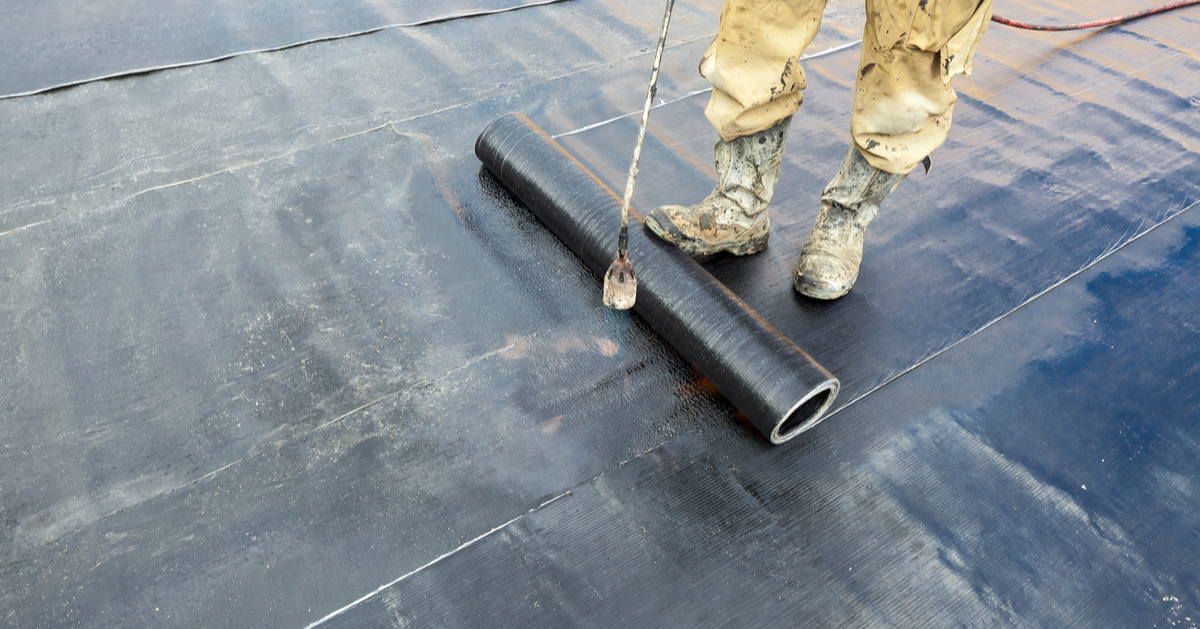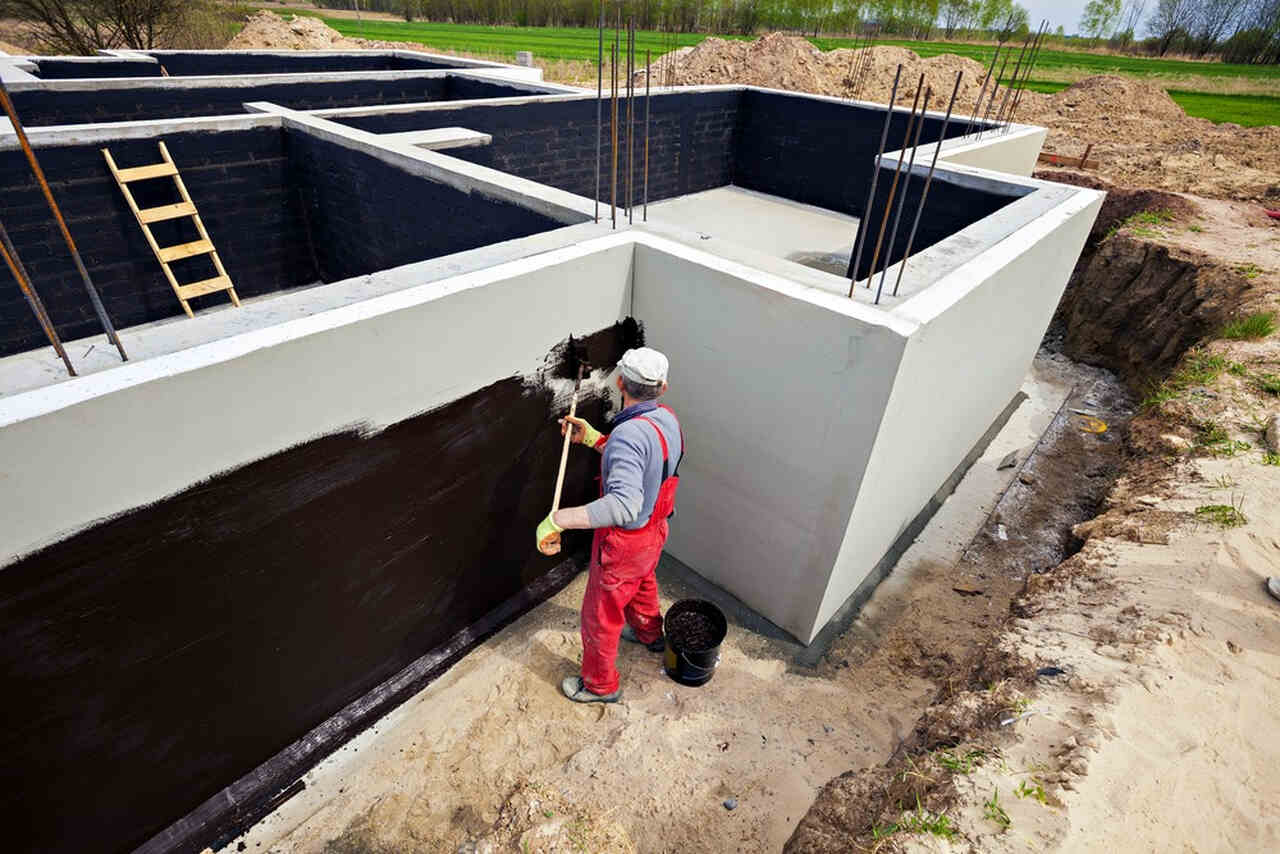Water Solutions That Get Results: Omaha’s Most Effective Systems
Just How Waterproofing Functions: A Comprehensive Consider Strategies and Technologies
Waterproofing is crucial for shielding structures from moisture-related damage. It entails various strategies and innovations that create obstacles against water breach. Standard techniques, such as compressed clay, exist together with modern technologies like liquid-applied membranes. Understanding the nuances of these approaches is essential for effective application. The performance of any waterproofing option pivots not only on the methods made use of but additionally on ongoing upkeep and assessment. What are the key factors that affect long-term performance?
Comprehending the Essentials of Waterproofing
Waterproofing is an essential process that shields structures from water intrusion, which can cause substantial damages over time. This method includes the application of different products and strategies created to develop an obstacle against moisture. The main objective is to avoid water from passing through surfaces, which can cause degeneration, mold and mildew growth, and structural instability.Various variables influence the option of waterproofing technique, including the kind of framework, its area, and ecological problems. Comprehending the physics of water movement and the residential or commercial properties of different materials is crucial in choosing an effective waterproofing solution.Effective waterproofing not just safeguards buildings yet additionally boosts their long life and stability. Typically, it is integrated into the layout stage of building to ensure extensive defense. As recognition of water-related problems grows, the importance of understanding waterproofing principles comes to be significantly clear to designers, home builders, and homeowner alike.
Typical Waterproofing Approaches
Typical waterproofing techniques have been made use of for centuries, depending on time-tested techniques and products to secure structures from water damages. One of the earliest techniques involves the usage of clay, which, when compacted, develops a natural obstacle versus wetness. In addition, bitumen, a sticky, black product stemmed from oil, has actually been employed for its waterproof homes, often used to roofs and foundations.Another strategy includes the application of lime-based plasters, which provide a breathable layer that enables dampness to escape while stopping water access. Thatch roof covering, a traditional approach still seen in some societies, uses superb waterproofing as a result of its firmly loaded straw layers.Moreover, using stone and block has projected, as these products are inherently resistant to water when appropriately mounted. Generally, typical waterproofing methods stress the importance of choosing ideal materials and building and construction techniques to improve longevity against water intrusion.
Modern Waterproofing Technologies
Innovations in modern waterproofing innovations have actually transformed the method frameworks are shielded from water damages. Innovative approaches such as liquid-applied membranes and advanced sealers have actually boosted the performance and convenience of waterproofing solutions. These technologies enable seamless application, minimizing the danger of leaks and guaranteeing complete protection over intricate surfaces.Moreover, the assimilation of clever modern technologies, such as wetness sensors and automated monitoring systems, allows real-time assessment of waterproofing performance. This aggressive technique assists in timely maintenance and decreases long-term fixing costs.Additionally, innovations in spray-applied finishes supply quick application and outstanding attachment, adjusting to various substratums while supplying durable security. Techniques like polymer-modified systems additionally improve adaptability and longevity, making them appropriate for diverse environments. Generally, modern waterproofing modern technologies not only minimize water invasion however additionally add to the longevity and sustainability of frameworks, noting a substantial shift in the industry.
Products Used in Waterproofing
The performance of waterproofing solutions heavily depends on the materials utilized in their application. Numerous products are employed to produce obstacles against water ingress, each with distinct residential or commercial properties fit for various environments. Generally used materials consist of membrane layers, finishings, and sealants.Liquid-applied membrane layers, often made from polyurethane or acrylic, develop a smooth barrier that adapts to intricate surface areas. Sheet membranes, usually built from rubber or polycarbonate, offer sturdiness and are ideal for larger areas. Furthermore, cementitious waterproofing products, composed of cementitious compounds, offer exceptional attachment and flexibility.Sealants made from silicone or polyurethane are important for joints and seams, making certain comprehensive security. Innovative products, such as geo-composite membranes, integrate several functions, enhancing performance. Overall, the option of waterproofing materials is vital in accomplishing long-lasting and reliable water resistance, customized to specific project requirements and ecological problems.
Usual Applications of Waterproofing
Waterproofing plays an important role in numerous fields, ensuring the durability and stability of structures. Usual applications consist of property services that protect homes, industrial infrastructure that safeguards businesses, and commercial settings that require durable defense versus wetness. Understanding these applications highlights the relevance of waterproofing in keeping both security and performance across different environments.
Residential Waterproofing Solutions
Several property owners deal with challenges with dampness invasion, making reliable residential waterproofing solutions important. Numerous approaches exist to resolve this concern, including exterior and interior waterproofing systems. Inside solutions commonly include the application of sealers and coverings to cellar wall surfaces, which assist protect against water seepage. Outside methods normally consist of the installation of drain systems and water resistant membranes that divert water far from the foundation.Additionally, home owners may think about sump pumps to remove water buildup and dehumidifiers to control humidity levels. Appropriate grading and making use of gutters also play a crucial duty in managing water flow around the home. By executing these methods, house owners can greatly decrease the danger of water damage you can find out more and mold and mildew development, making sure a dry and risk-free living setting.

Commercial Framework Protection
Effective waterproofing services play a critical duty in the defense of business infrastructure. Foundation waterproofing Omaha. These techniques are necessary for protecting buildings, auto parking structures, and bridges from water damages, which can endanger architectural stability and lead to costly repairs. Common applications include the installment of membranes, coatings, and sealants that create barriers versus dampness seepage. Areas such as basements, roofs, and outside walls are frequently focused on to ensure long life and sturdiness. Additionally, waterproofing systems can improve power effectiveness by stopping water-related problems that may cause mold and mildew growth and damage. By implementing robust waterproofing steps, home owners can shield their investments and preserve operational efficiency, inevitably contributing to the total sustainability of industrial facilities
Industrial Applications Summary
While numerous markets deal with one-of-a-kind obstacles, the requirement for reputable waterproofing options stays a consistent in commercial applications. Industries such as manufacturing, construction, and energy typically experience environments where moisture direct exposure can endanger architectural stability and functional effectiveness. In producing centers, waterproofing is critical for protecting equipment and materials from water damage. In building and construction, it safeguards structures and basements versus groundwater seepage. The energy field counts on waterproofing for the defense of devices in hydroelectric plants and offshore frameworks. Additionally, food handling industries use waterproofing to ensure health and compliance with safety requirements. In general, efficient waterproofing solutions are essential for improving resilience, safety, and performance across various commercial settings.
Maintenance and Longevity of Waterproofing Solutions
Although waterproofing options are designed to use long-lasting defense versus moisture breach, routine maintenance is important to ensure their performance and longevity - Basement waterproofing Omaha. Routine evaluations play a considerable function in determining potential issues such as fractures, peeling off, or signs of water damages. Attending to these troubles immediately can protect against more deterioration and costly repairs.Additionally, cleaning the surface area of waterproof locations aids get rid of dirt and debris that might endanger the honesty of the waterproofing barrier. It's likewise advisable to reapply protective finishes or sealers as advised by makers to preserve suitable efficiency. Ecological aspects, such as UV exposure and extreme weather, can impact the life-span of waterproofing materials, making routine analysis vital
Regularly Asked Inquiries
Can Waterproofing Be Applied in Cold Weather Condition?
The concern of applying waterproofing in cool climate increases concerns about bond and curing. Lots of items may not execute at their ideal in reduced temperatures, requiring careful selection and consideration of certain standards for reliable application.
How Much Time Does Waterproofing Generally Last?
The period of waterproofing effectiveness varies based on products and ecological elements. Generally, it can last from 5 to ten years, however normal upkeep and evaluations are vital to ensure peak efficiency and long life.
Is Do It Yourself Waterproofing Effective and Safe?
The performance and security of DIY waterproofing rely on numerous factors, including worldly high quality and application method. While some people accomplish satisfactory outcomes, others may run into problems that endanger lasting protection and useful site structural integrity.
What Are the Indicators of Failing Waterproofing?
Signs of failing waterproofing include visible water stains, peeling paint, mold growth, stuffy odors, and wetness in walls Continued or ceilings - French drain installation Omaha. These indications suggest compromised obstacles, requiring prompt inspection and prospective remediation to protect against more damages
Exactly how Do I Choose the Right Waterproofing Professional?
